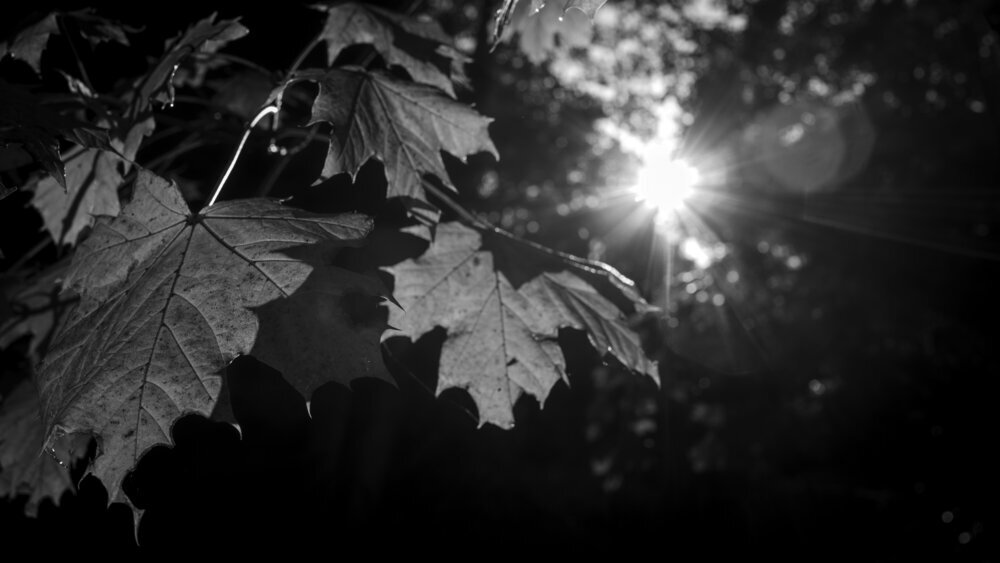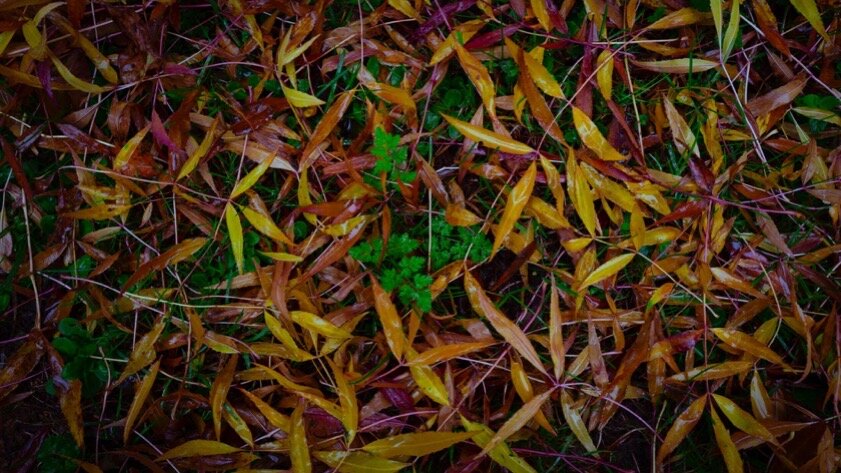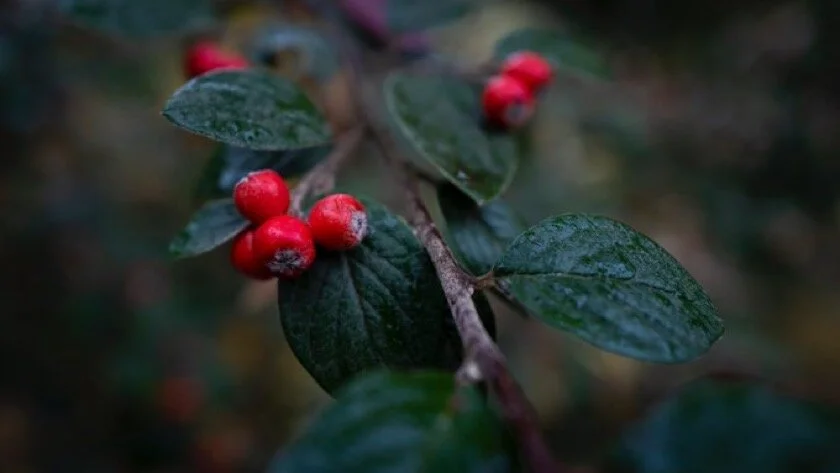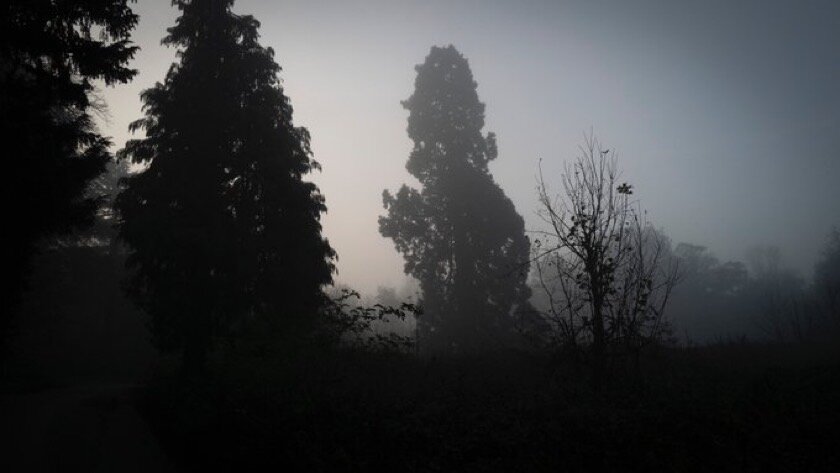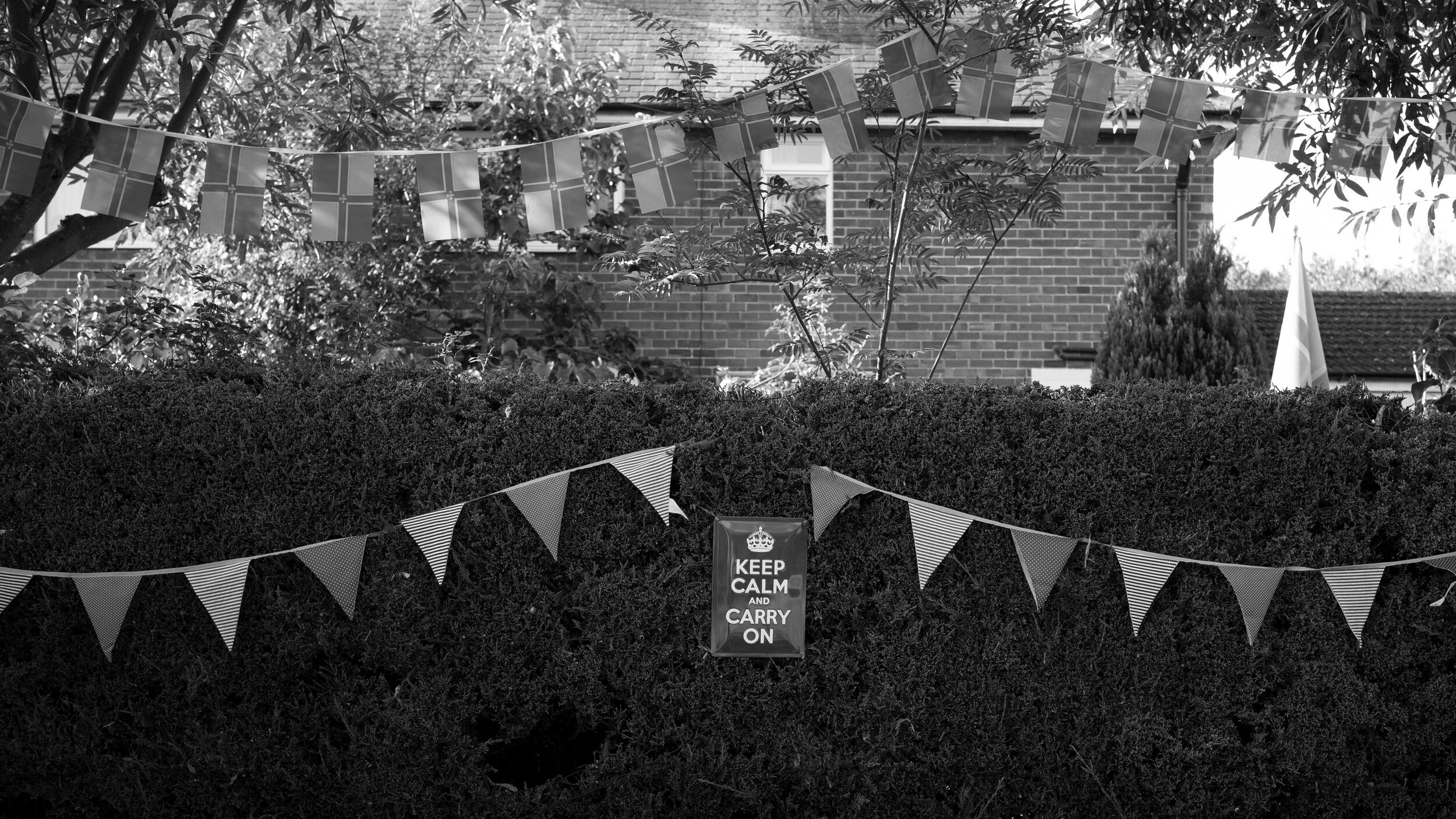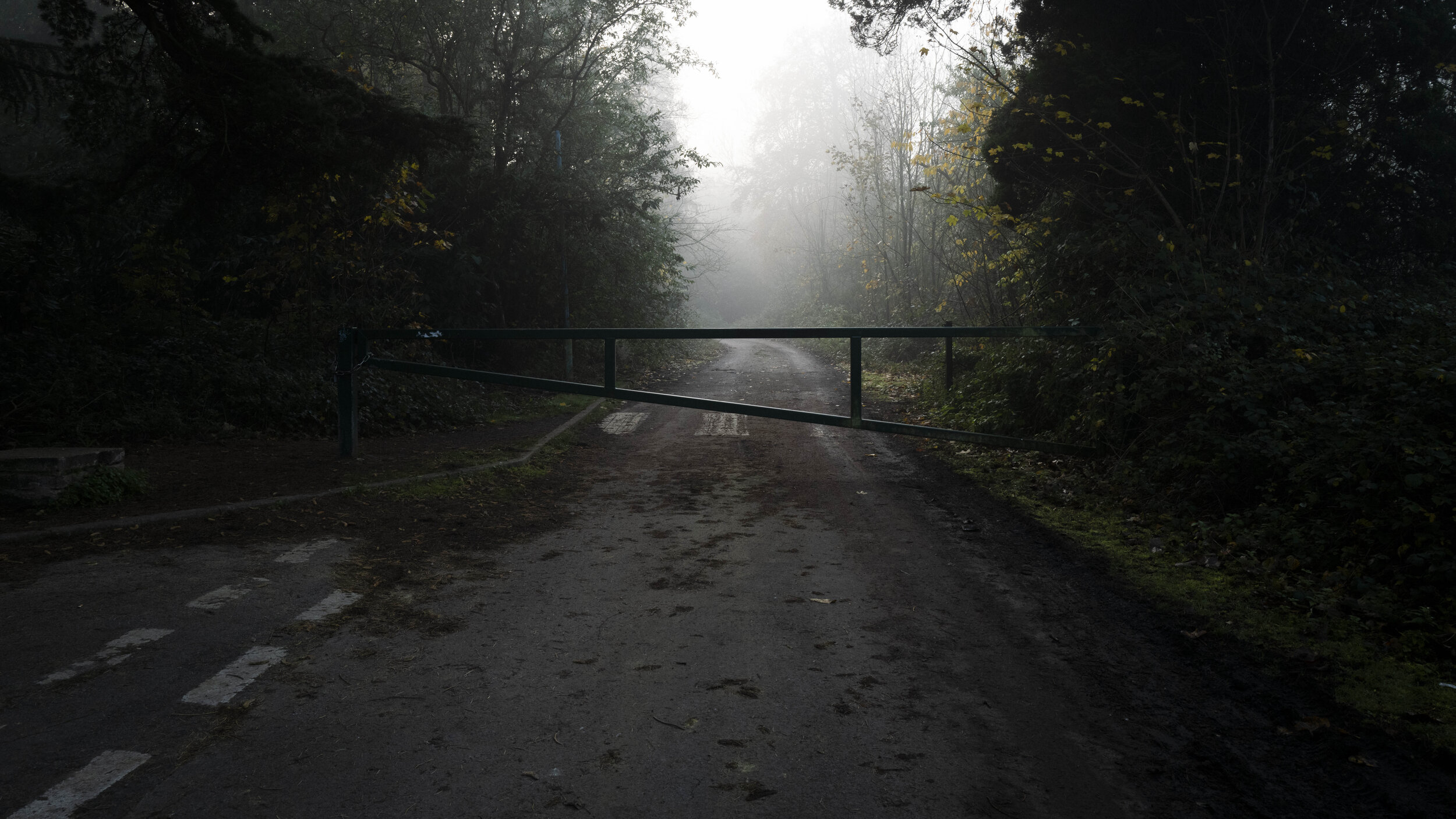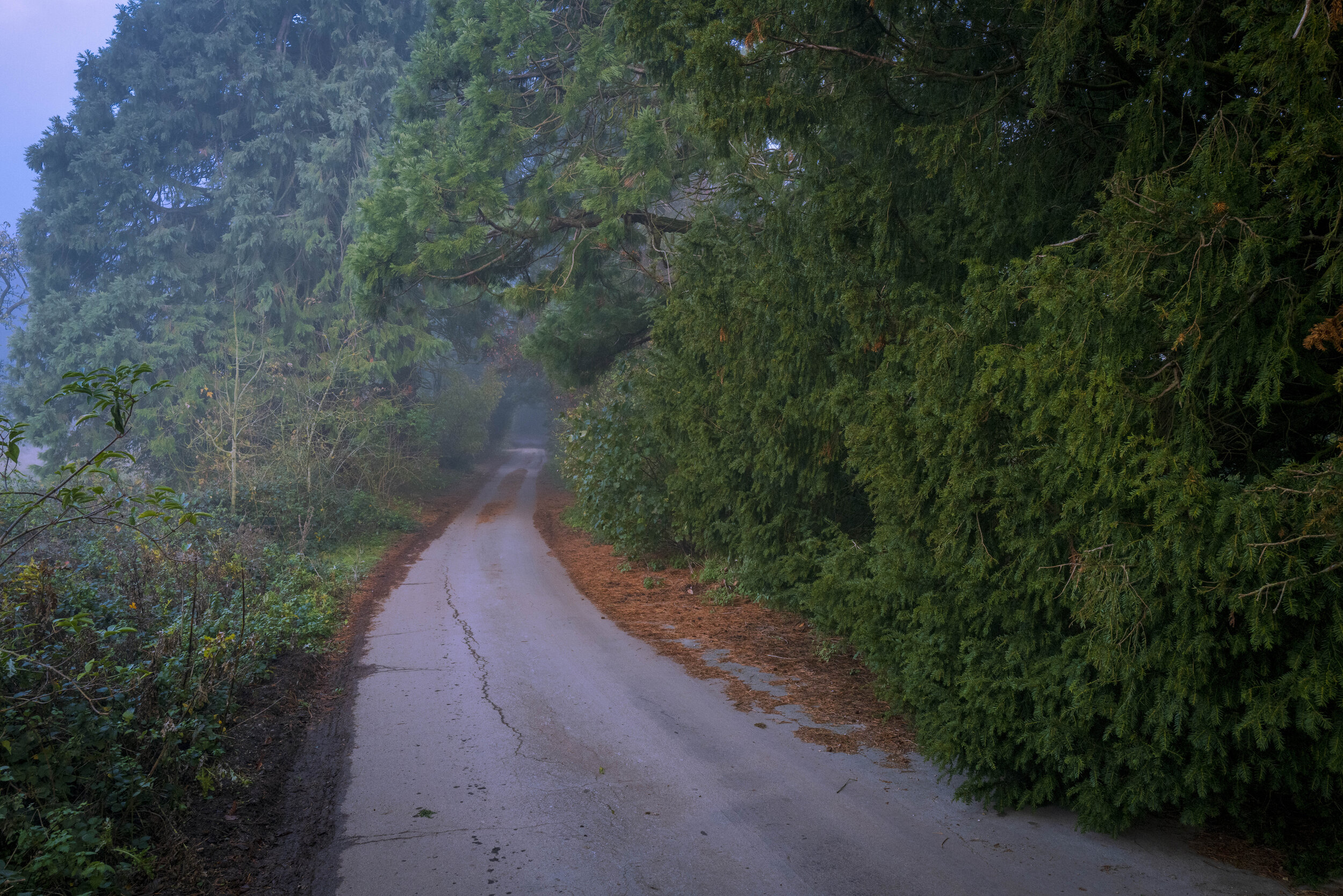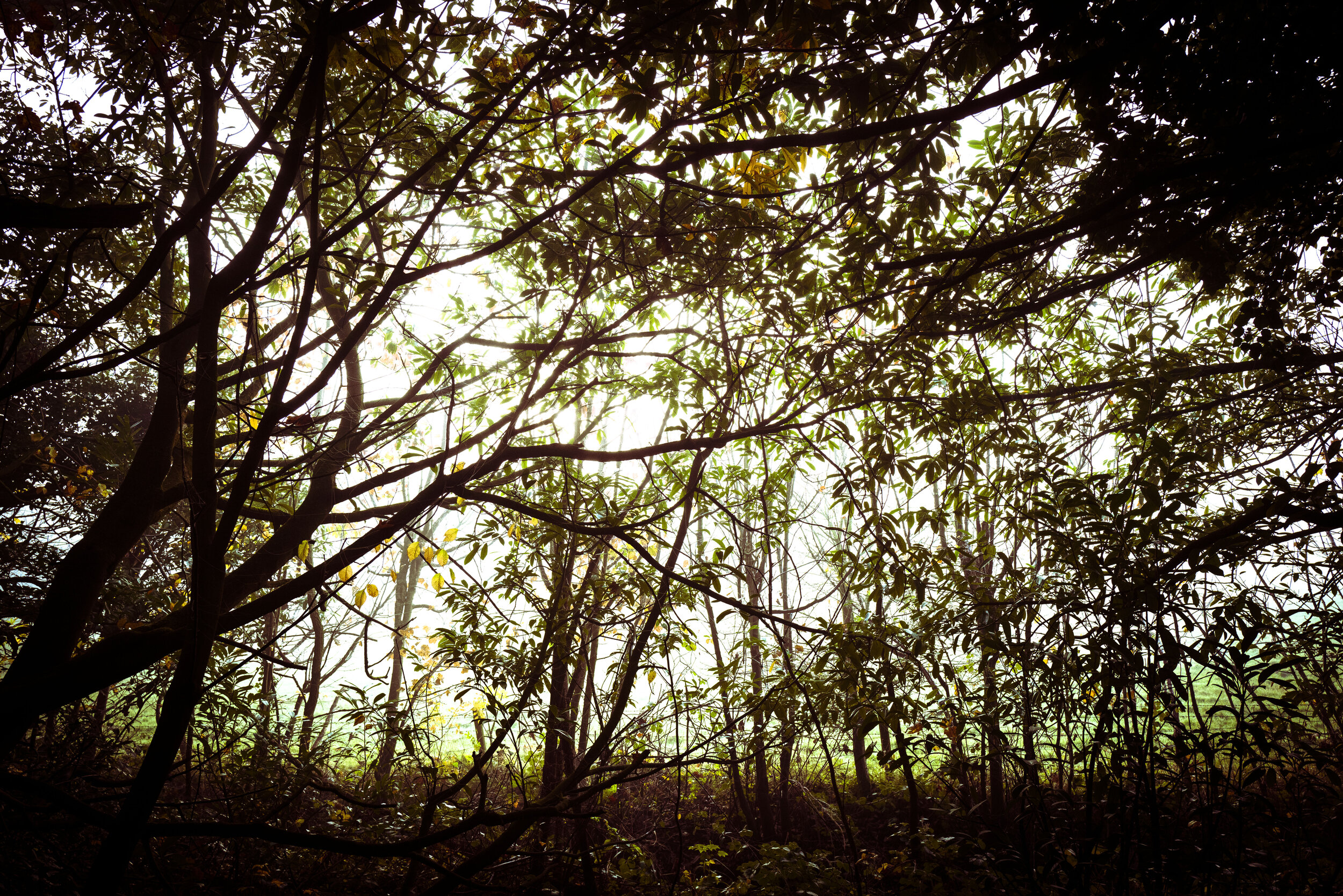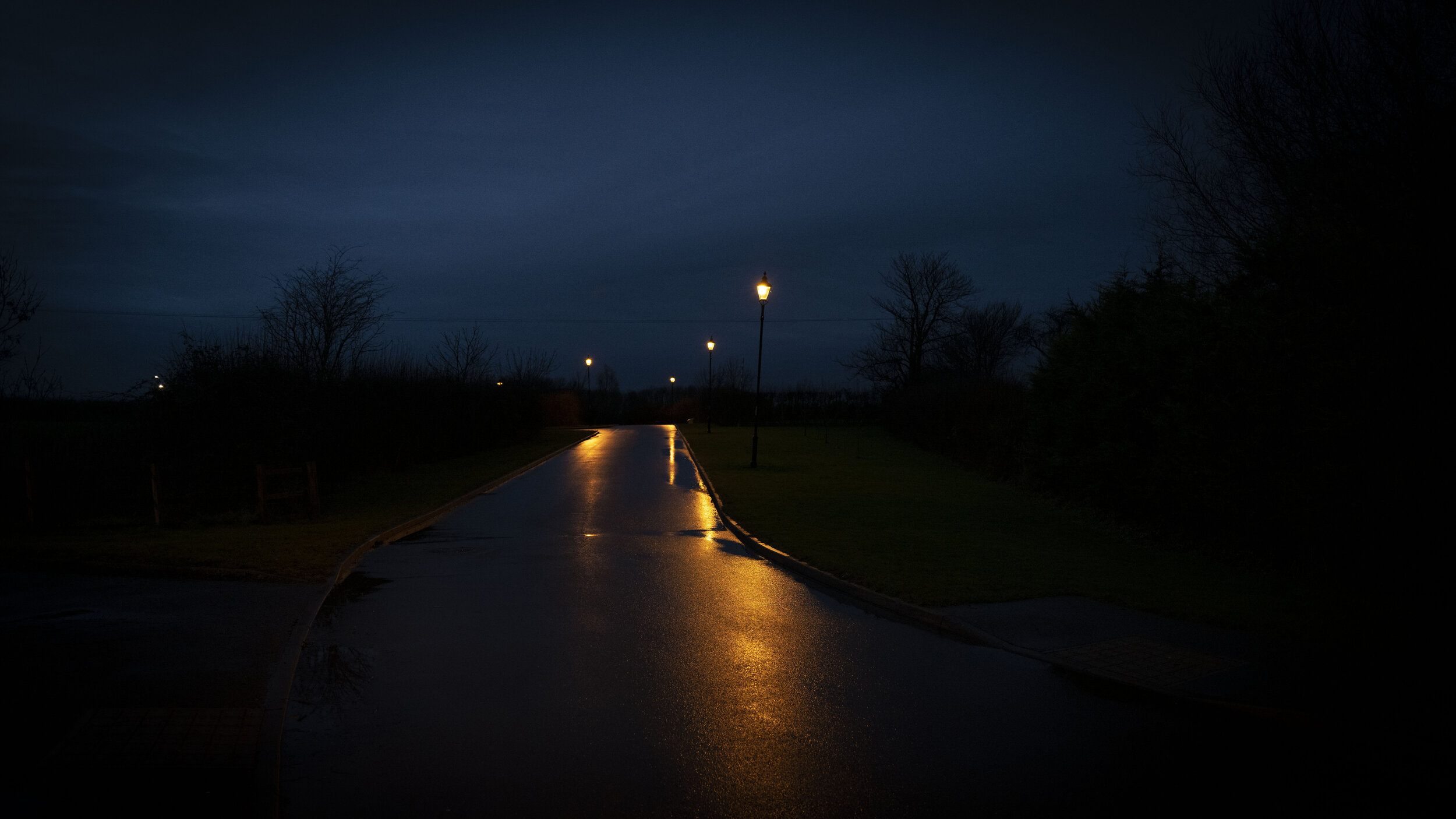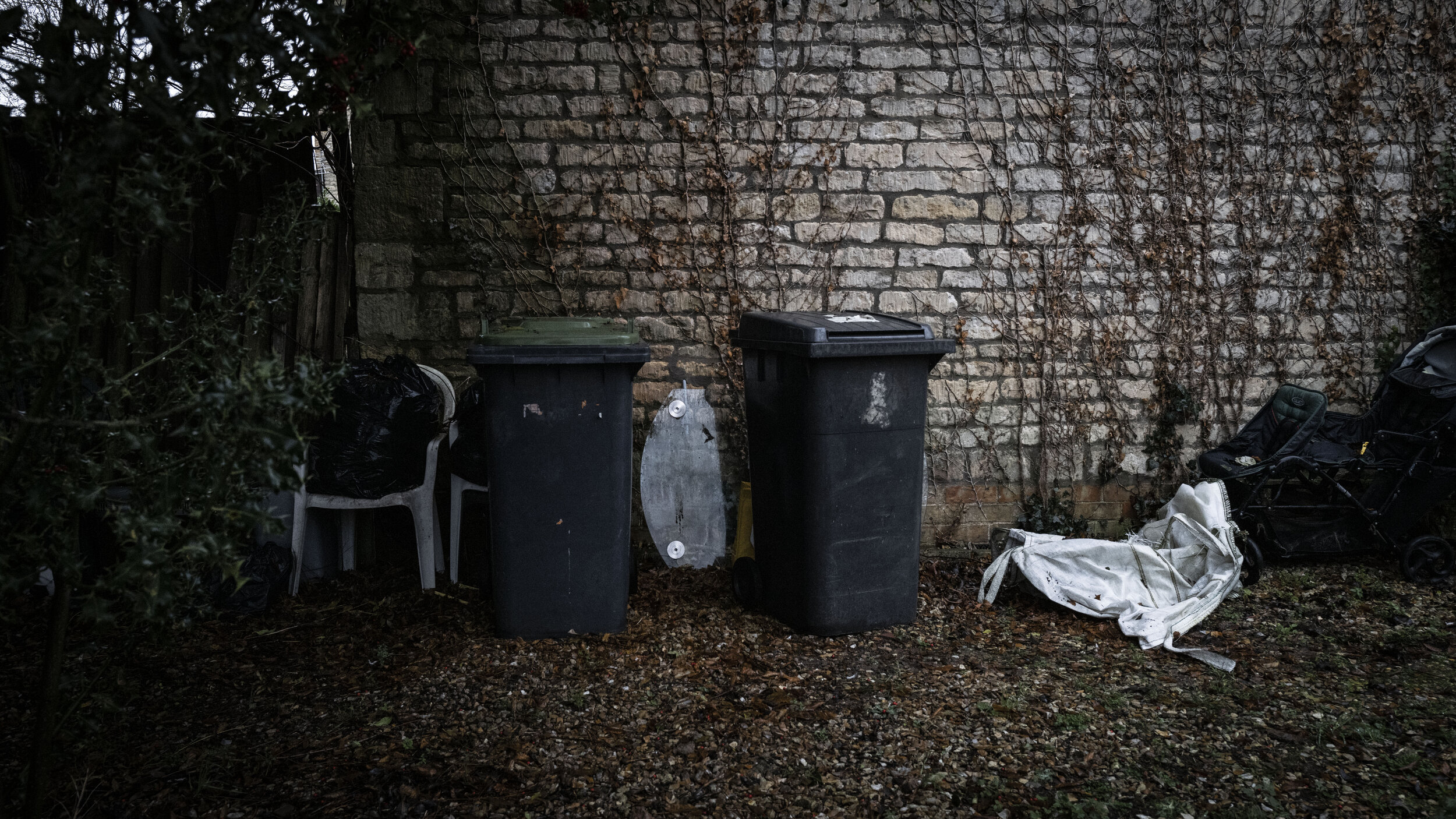
#1000Steps
“What is this life if, full of care, We have no time to stand and stare?”
- William Henry Davies -
(‘Leisure’ in ‘Songs of Joy and Others,’ 1911)
Thinking back to start of this inquiry, I recall how the collective frustration of Covid-19 lockdown restrictions were met by a taunting proliferation of social media travel and adventure imagery, all of which seemed to imply that worthwhile experiences could only be found at range, somewhere else. It’s well-worn conundrum; that our freedom is a physical, geographical proposition rather than a more internal, existential question. Now, months later, variants of SARS-CoV2 still lurk among us, our political landscape has shifted and travel has become a changed, cautious, sometimes masked experience. Carbon footprint concerns stalk our travel choices and even our electric cars can’t find their way through the congested tedium of modern urban motoring.
Getting out and about might never be the adventure that it used to be.
As life became full of anxious care, the inquiry that became #1000steps pulled at the strings of my confinement and reached back to a more enduring yearning; the longing for what Rebecca Solnit calls ‘the blue of distance’ which, she claims, remains ever unresolved. Over the years, my own relationship to distant travel has always felt ambivalent; I carry a constant sense of displacement, enjoying the drifting promise of unfolding vistas, but less enthusiastic about actually arriving anywhere.
As the ‘creative constraints’ of #1000Steps slowly constellated across the lockdown skies, familiar patterns came into view. My continual effort to pay attention to what is going on rather than idealised and distracting notions of what should go on, the repeated request I make to clients and research students, as I borrow the title of a poem by David Whyte, to ‘Start Close In’ and avoid grandiose ambitions in their inquiries and change projects, and my increasing boredom with the idyllic ‘Insta-aesthetic’ imagery of sunset exotica, stone piles and cityscape reflections in puddles. And so my creative process, such as it is, follows a predictable routine; questions grumble away resentfully, even painfully, until a catalytic moment of ‘seeing’ occurs as patterns and relationships become clear. With this new clarity, there is a moment of elation, relief and a chance to breathe.
I slowly paced out 1000 steps along a local path and recorded the measure as a radius before drawing a circle on a simple map. While accessing some of the landscape within the circle would have required trespass; farm land, a railway track, and domestic private property, there were other areas that, in 20 years, I had never taken the time to explore. Ironically, it took the lockdown imperative, with its accompanying instruction to ‘exercise for one hour each day’ to prompt and authorise my exploratory wanderings. What became very clear to me was that, even after two decades, how little of my local environment I had actually experienced. I simply didn’t know my local space very well at all.
While the practice of slow walking through the landscape has long provenance as a contemplative practice, the invitation posed by William Henry Davies’ poem ‘Leisure’ is comparatively recent. Predating our experience of the pandemic slowdown by only 100 years, Davies makes an enduring plea for us to notice how ‘the poor life’ of modernity separates us from a more simple, ecological relationship with our natural world. Resisting the encroachment of industrial urbanisation on both nature and the human spirit, he left Newport, Wales, to wander across the USA as a ‘poet, writer and tramp’ advocating for a simple, more ecosophically aware way of living in the world. Ahead of him was John Muir, the Scots born founder of the modern conservation movement, who had already established his pedigree as a walker on a 1000 mile trek from Kentucky to Florida with the only agenda to follow the “wildest, leafiest, and least trodden way I could find.” As Davies jumped trains following the continued agricultural settlement of the northern States, Muir was elected president of the newly formed Sierra Club, a community established to ‘explore, enjoy and protect the wild places of earth.’
Early landscape photography helpfully inspired the modern conservation movement. As the Sierra Club looked out onto the panoramic drama of the Californian Wilderness, photographers brought newly available, practical cameras, ensuring that the development of photography became closely associated with the exploration of the grand American West. In somewhat bleak contrast, early pandemic walks left my hi-tech camera phone untroubled and my creative responses unprovoked. Even when a scene or vista would appear that was undeniably picturesque, the mundane ordinariness of the wider locale left me disinterested, my faculties jaded by the aesthetic deprivation of lockdown.
The Hungarian-born photographer, André Kertész, tells us that, “Everybody can look, but they don’t necessarily see’ and, though my phone stayed in its pocket, my attention slowly shifted to the apparently chance moments when an image would ‘open up’ before me. I became ever more intrigued by these small, beautiful, easily missed moments of epiphany. Constantly elusive and surprising, I couldn’t encourage them to appear with any sense of determination or deliberate effort. In fact, trying to ‘see’ simply made things worse and left me confronted by the notion that my interest and expertise in photography might always been framed within an ability to ‘find’ or ‘create’ an image that, in my own mind, at least, was already pre-conceived.
Pressing more deeply into this disconcerting territory, I reflected on how I had unconsciously defined my photography in terms of a learned craft rather than an act of creative expression. As long as I was ‘shooting to the brief,’ I could produce imagery of high technical quality and so, true to form, I instinctively reached for a familiar solution. Deciding that a camera phone wasn’t up to the job of this kind of investigation and my bulky, ‘professional’ cameras felt unsuitable, I purchased a relatively simple, though technically accomplished ‘point and shoot’ camera for the exercise. Even though the camera’s ‘eye’ for exposure and colour didn’t match my own, it satisfied my ‘technical’ urges by allowing adjustments to the ‘automatic’ settings which I frequently deployed as I attempted to more accurately represent the experiences that unfolded before me.
My early experiments disappointed and, realising that I was at risk of ignoring the ‘moments’ that I sought to examine. I was looking too far towards the final image rather than the creative process, and I again remembered David Whyte’s words in ‘Start Close In’:
Start close in,
don’t take
the second step
or the third,
start with the first
thing
close in,
the step
you don’t want to take.
My inquiry was clearly inviting me to take a step that I didn’t want to take; the step which would require me to abandon technical expertise and immerse me in the vulnerability of my own creative process. Instead of technically ‘working’ the image before me, I resolved to click the camera shutter during moments of ‘aesthesis,’ the fleetingly light intake of breath that accompanies our experience of wonder or awe. Focussing my attention on my breath, I would to click away and only later choose an image based on whichever digital image most faithfully represented my recollection of the original experience.
For 300 hundred days, the compelling voices of discipline and ritual spoke over my vocal inner critic as I posted an image a day to social media. It took some time to avoid the distraction of the ‘technical quality,’ where my inner critic was most ruthless, or a flight towards clever images that would falsely caricature my village and its surroundings in ‘chocolate box’ prettiness. But, slowly, the daily walking and photography ritual did its work, eroding my vanity and helping my attention turn from what I see towards how I see and then, further, to redefine how I think about some of my enduring questions of identity, place, my sense of ecological connection and my work in the world.
Alongside the brash consumerism and pervasive ‘FOMO’ of mainstream social media, we can also find advocates for more considered, thoughtful processes which open up the possibility of different ways of relating to ourselves and the world. As our lives accelerate, photography can be used as self-therapy; a momentary mindful pause which becomes a meditative interlude to accompany ‘one-a-day’ photographic challenges, travelogues and pilgrimages. The camera becomes a device to develop our capacity to slow down, carefully study our surroundings and relocate ourselves within our wider ecology.
As I continued to gently roam, new camera now always at the ready, I began to realise that the moments of aesthesis and my attempts at expressing them were part of a deeper process of recognising and honouring my own thoughts, feelings and ideas. Through the camera, my relationship to the unfolding scenes before me, became visible and tangible. The photographs were no longer evidence of my environment but began to illustrate the deeper structures of my inner landscape of perception and insight. Put simply, the process began to show me how much I was missing.
Environmentalist and cultural historian Thomas Berry says that,
“While we have more scientific knowledge of the universe than any people ever had, it is not the type of knowledge that leads to an intimate presence within a meaningful universe.”
Framing our contemporary experience within a synthetic ‘Disney dreamland’ of cities built of concrete and steel, a world of parking lots and shopping centres, he shows us how we so easily separate ourselves from any meaningful interaction with our universe. After all, summer and winter are the same within the mall. Berry continues:
“We have extensive contact with the natural world through photographs and television presentations. But as Saint Augustine remarked long ago, a picture of food does not nourish us. Our world of human meaning is no longer coordinated with the meaning of our surroundings. We have disengaged from that profound interaction with our environment that is inherent in our nature.”
Perhaps it's ironic that the popular ‘one-a-day’ ritual of social media and the imposition of pandemic lockdown seemed to liberate a deeper sense of ecology and and a keener eye for beauty in my relationship with my local environment. Yet this is not about about the romantic beauty of John Muir’s Sierra-club style poster of or Insta-images that fire up covetous envy; my moments of fascination lived within commonplace ordinariness and ugliness too.
Ruth Gendler tells us that, “Making art is a practice of seeing, and as we see more deeply, we find beauty in unexpected places.” When we slow down sufficiently, our perceptions are heightened and making art becomes part of how we see our experience. As I hold this proposition in relation to my photography, I notice a shift towards an embodied rather than intellectual process, an apprehension of my world through a way of knowing that is phenomenological; I become aware of my experience of the world without imposing subjective mental constructs and participate more ecologically in my own surroundings.
Even after 300 images and 300 days of inquiry, the technical sensitivities of my inner critic are still alive and well, but to some degree at least, muted. Most of all, though, I have learned to see through the image and look beyond digital representations on a screen or the print in my hand towards an unfettered, uncritical, embodied sense of awe in the wonder and beauty of our planet.
Today, as I gaze out over farmland, country paddocks and unremarkable village architecture, I remind myself that I used to be able to spend a long time ‘just’ looking. As the urgency of our current condition of climate crisis, ecological devastation and social collapse gathers and the voices for broad, sweeping changes get louder, the capacity to pay close, intimate attention to the everyday minutiae of our experience, to care about the small moments of awe and wonder might feel counter-intuitive. But, as I reflect on my own path through this inquiry and the profound impact it has made on my own sense of care and appreciation for my world, I come back to my lifelong fascination with aesthetics, imagery and photography. Perhaps the best use of my meagre talent is to simply offer up my moments of aesthesis, those moments of inspirational breathlessness that might have the potential to encourage each of us to reflect on our participation in the world, just for a moment, as we stand and stare.
Notes:
Academic Attribution: With thanks to colleagues in the faculty and research community at Hult International Business School (Ashridge) who offered their support and companionship throughout this project.
Bibliography:
Berry, T. (1999) The Great Work: our way into the future. New York: Bell Tower.
Davies, W. H. (1911) Songs of Joy and Others. University of California Libraries.
Gendler, J. R. (2007) Notes on the Need for Beauty: An Intimate Look at Essential Quality. Da Capo Lifelong Books
Solnit, R. (2010) A Field Guide to Getting Lost. Canongate Books.
Whyte, D. (2012) River Flow: New and Selected Poems. Many Rivers Press.
Images 1-200
(Click on images to enlarge)







